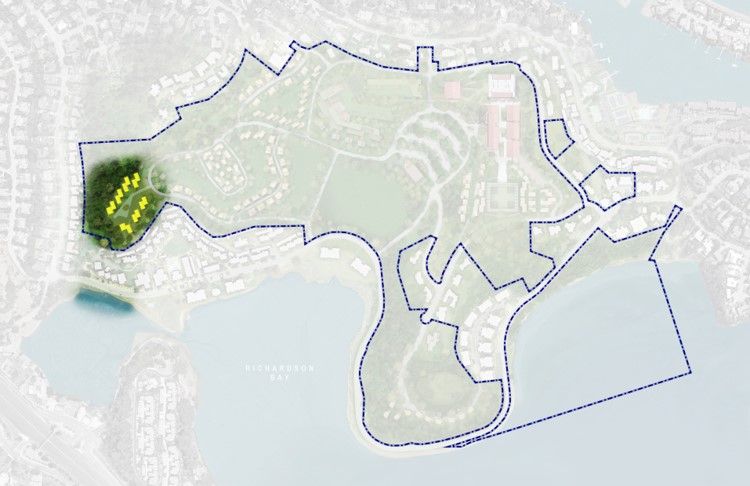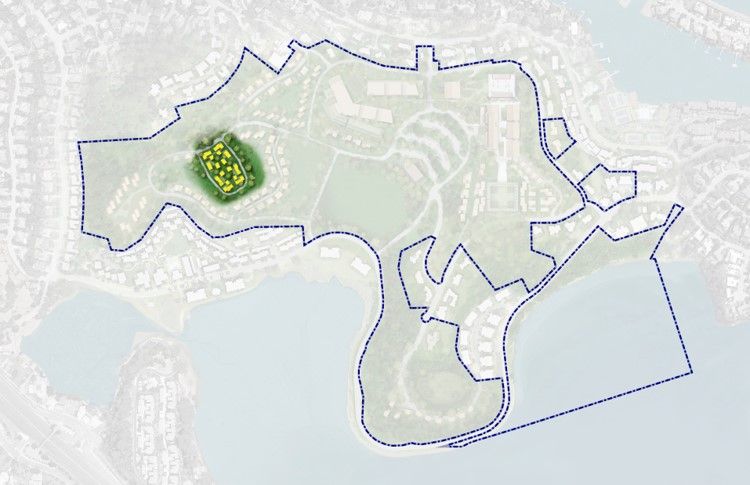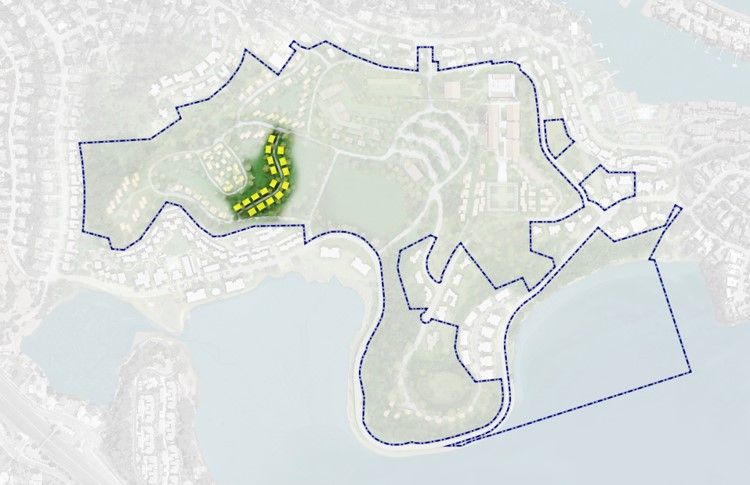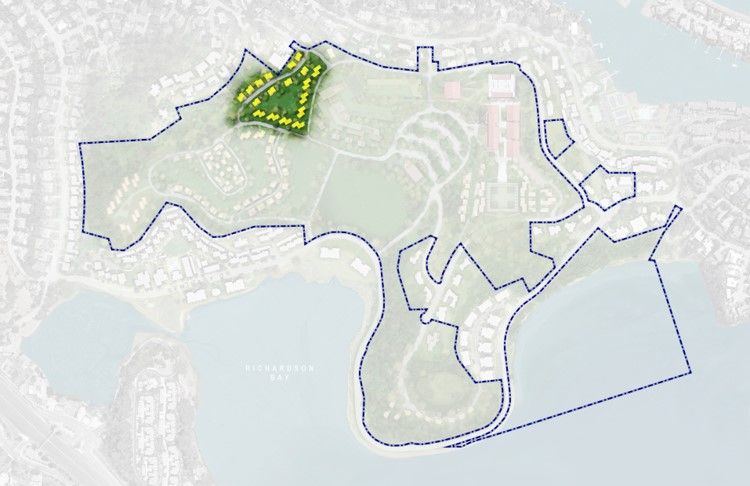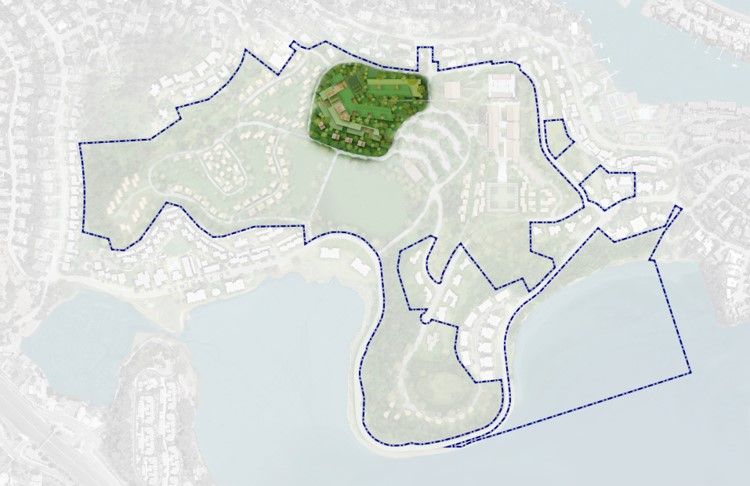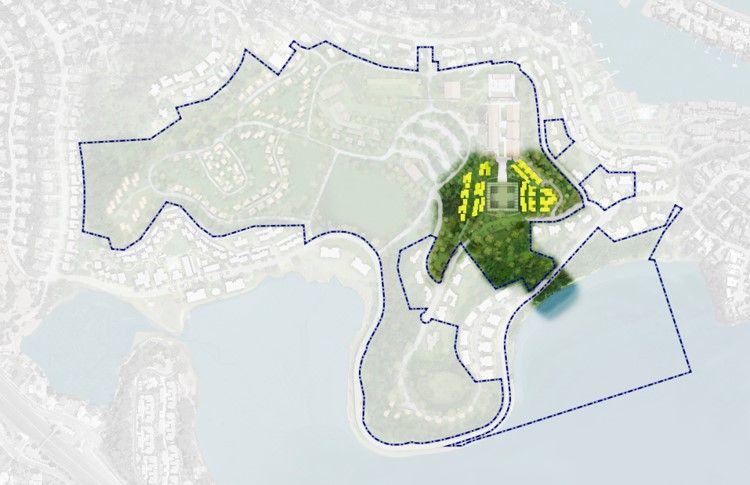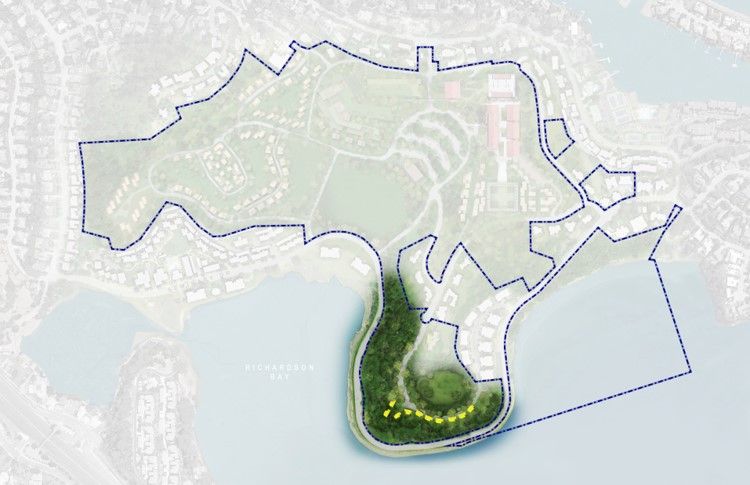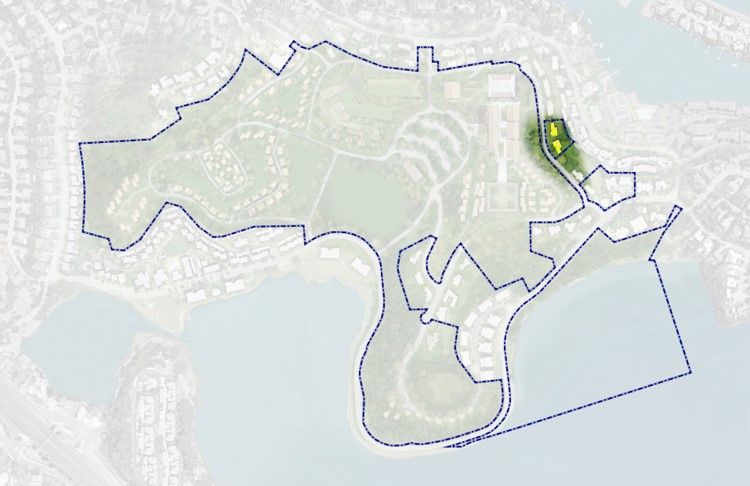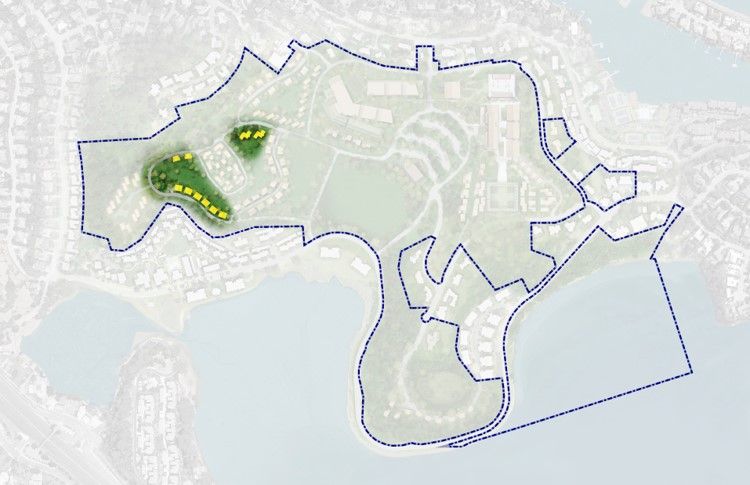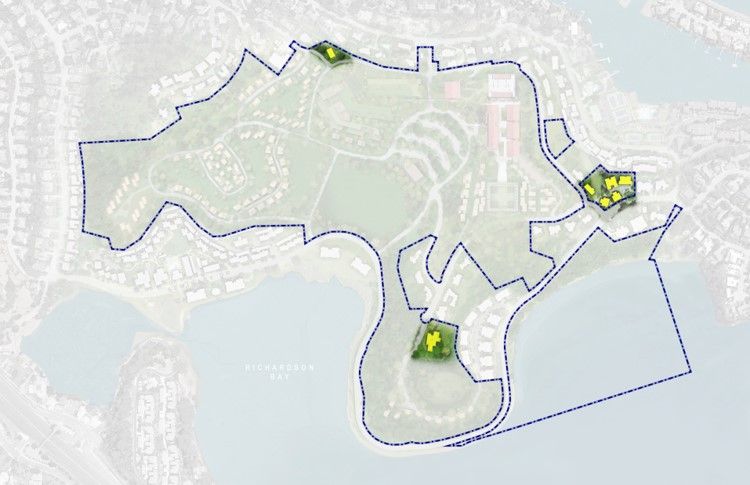Housing
Housing: A Regional Context
Historically, Marin has been a bedroom community of predominately single-family homes. The Strawberry peninsula was developed in the 1960’s and 70’s and is dominated with production homes, apartment complexes and condominiums. Many Strawberry residents have advocated for the development to be all single-family homes. However, housing needs and priorities have shifted away from large, single-family homes toward more affordable and efficient housing types.
Both Marin County and the State of California are facing an unprecedented housing crisis that has become a major political flashpoint. There is increasing pressure to build more housing and denser housing across all housing types, including market-rate, affordable and senior. California Governor Gavin Newsom ambitiously promised to create 3.5 million new housing units by 2025 and has endorsed legislature such as SB 330 that prohibits downzoning and local moratoriums on new housing. Marin County is facing increased scrutiny from the State as the County’s supply of affordable and workforce housing is disproportionately low.
Marin County’s demographics are skewing toward an older population. Residents over 65 have increased 127% since the 1980’s, fueling increased demand for specialized senior residential options. Currently, Marin offers few options for older adults who desire a high-quality, independent living community with the option for a continuum of congregate care.
Finding a Balanced Mix of Housing for the Site
In attempting to address the current housing crisis and develop a balanced residential plan, North Coast sought to balance the needs of the County to provide more housing to a wider demographic segment with community concerns surrounding impacts and desired adherence to the single-family home paradigm.
North Coast carefully selected land uses, such as specialized senior housing in the form of a Residential Care Facility, that minimize local impacts while addressing an important segment of County and regional housing needs and requirements. The new plan is a balanced mix of housing types that in its entirety creates a synergistic community and forms the backbone of the intergenerational hamlet concept. It should be noted that current zoning allows for additional housing that could be accommodated on site. This additional housing has been included in the master plan exhibit and it is requested that the County evaluate the impact of this additional housing during the environmental review process.
The resulting proposed residential plan includes ten distinct residential neighborhoods that were analyzed both individually and in aggregate.
Proposed Use of the Residential Areas
North Coast’s plan:
- Replaces 139 of the 152 existing residential units (66 dorm rooms are counted as seven units).
- Retains 13 units.
- Adds 81 new units that are incorporated in the plan.
- Adds a Residential Care Facility (counted as one residential unit) that is incorporated in the plan and submitted for design review.
- Designates in a Master Plan Exhibit an additional 15 units to increase the total unit count to the base zoning and an additional 88 units that could be added to the project pursuant to the California State Density Bonus.
In summary:
- Total units in the plan submitted for design review: 234.
- Total additional units in the Master Plan Exhibit: 103.
- Total units submitted: 337.
In aggregate, The Project produces one of the least dense communities in southern Marin, at approximately 3.3 units to the acre. If the 100 independent residences within the Residential Care Facility are included in the density calculation (which is not how the County counts a Residential Care Facility), the site would still be one of the least dense communities in Marin County at 4.3 units/acre.
The Project includes less proposed housing than desired by certain members of the community. Because of the large scale of the site, the comparatively low density of the site and the clustered nature of the housing (described in detail below), it is true that the site can easily accommodate additional housing. North Coast believes that the environmental review process should evaluate the site’s actual residential development capacity and consider how this project might accommodate part of the affordable and workforce housing need.
Residential Design
The design of the Residential Areas is sensitive to and compatible with the scale and form of the surrounding area. The design focuses on architecture, site planning, and amenities to provide a stable, safe and attractive neighborhood that address the following principles:
- The design reduces the perception of building bulk. The multi-unit buildings break up the perceived bulk and minimize the apparent height and size of structures with upper-story step-backs, terraces, and landscaping;
- Many of the multi-family buildings have the appearance of larger single-family homes;
- Tall, high quality windows and doors, and high and vaulted ceilings are indicative of overall building quality;
- The proposed plan retains the existing street pattern;
- The design incorporates transitions in height and setbacks from adjacent properties to respect adjacent development character and privacy;
- The new housing relates to the existing street pattern and creates a sense of neighborliness with surrounding buildings;
- Housing is designed around the natural topography as well as views of Mt. Tamalpais and the Bay;
- The design emphasizes pedestrian/pathway connections;
- Existing landforms are respected, and boundary areas have been maintained to protect adjacent properties;
- The visual impact of parking and garages has been minimized by locating most garages underground;
- The public façade of most homes is void of driveways and garage doors; and
- The proposed plan uses high quality, energy efficient building materials that are long lasting and durable.
Local Residential Density
The proposed 337 housing units for the project would result in one of the least dense residential communities in the area.
Seminary: 3.3 units/acre
Local comparison:
- Mill Valley: 6.8 units/acre
- Sausalito: 10.7 units/acre
- San Anselmo: 10.0 units/acre
- Larkspur: 7.9 units/acre
- Corte Madera: 5.8 units/acre
- Tiburon: 6.1 units/acre
- Ross: 2.7 units/acre
- Tam Ridge Residences: 40 units/acre
- Harbor Point: 17 units/acre
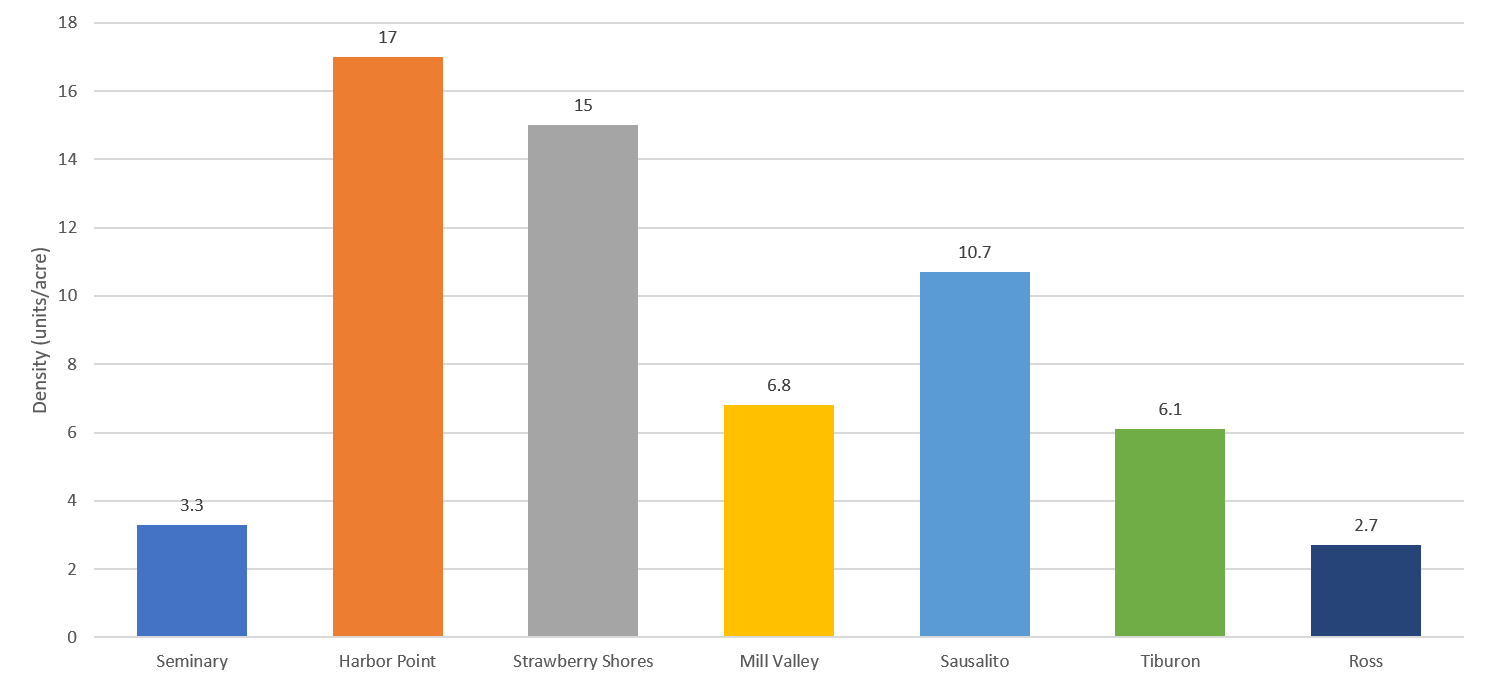
Housing for the Community
In response to the local community’s urgent need for affordable and workforce housing and Strawberry neighbors’ desire for lower traffic impacts from housing, North Coast preliminarily developed a preference program that allocates housing, including affordable housing, to the local workforce. Preference would be given to on-site workers, students, faculty, and staff, thereby reducing the need to commute and reducing potential traffic impacts of the site.
The proposed mechanism to do so is through a Certificate of Preference (COP) program. (The City of San Francisco pioneered the COP program in order to give members of its local workforce previously displaced from surrounding neighborhoods a preference for affordable housing.) North Coast can establish a similar program that will give preference for residential options to on-site users and workers.
A Housing Component for Older Adults
North Coast proposes to build a Residential Care Facility within the Dorm Hill Residential Area. The facility will offer approximately 100 independent living and 44-50 assisted living and memory care residences.
The Residential Care Facility will provide a much-needed residential alternative for the aging demographic in Marin County. Currently, there is strong demand for this type of community in the area, and significant growth in Marin’s senior population supports continued demand for new development.
The operational characteristics will include:
- A newly built structure that will contain public areas, senior residences, support and back-of-house facilities, and underground parking;
- Food service that will provide seniors with at least two meals per day as part of the residential care component;
- Access to the proposed fitness center that will contain a wellness center for seniors;
- Access to academic functions within the adjacent campus that will offer an array of classes and cultural events;
- Seniors in the Strawberry community will be able to access elements of programming offered at the facility;
- Shuttle services will be available to seniors (as well as other residents of the site) for transportation to local services and transportation links; and
- Affordable housing will be offered to employees of the Residential Care Facility who qualify as low income residents.
Students of the adjacent academic campus could take advantage of the senior community for tutoring, mentoring, and volunteering. (Note: studies show that youth involved in intergenerational mentoring tend to have improved grades and reduced school absences. Children in schools where older adults are prevalent (15+ hours of volunteerism per week) have higher reading scores and fewer behavioral problems. Preschools with intergenerational programs have higher developmental scores.)
Marin County’s Affordable Housing Requirement
The Proposed Project includes an affordable housing component that is in conformance with Section 22.22.020 of the Marin County Development Code. Of the proposed 337 units, 50 units will be available to low income households. Affordable units will be offered at rates in accordance with Marin County Development Code Section 22.22.080(C). The affordable units will be inclusionary and disbursed throughout the site and will be commensurate in location, size, and exterior design with the overall housing mix in accordance with Section 22.22.080(E).
The construction of affordable housing units will be contemporaneous with the construction of the overall Project. Provisions for screening applicants and ongoing monitoring and administration will be undertaken by North Coast.
Clustered Housing Concept
A focus of Seminary Tomorrow was to explore ways to preserve the community character of Strawberry. Seminary Tomorrow worked on not only improving the visual attractiveness of the housing but also reorienting the network of private streets within the site toward pedestrian use rather than for cars.
Neighboring homes are largely single-family homes with the exception of two large apartment complexes that flank the site. Both the homes and the apartments are outward facing and contribute little to open or shared space. Existing shared space in the surrounding neighborhood is dominated by public streets and cars.
Each neighborhood of the proposed residential plan shares the common design philosophy of clustered housing that moves away from the traditional residential layout of homes with street parking, individual driveways, separate fenced yards and individual spaces for refuse and storage. This traditional approach results in a significant amount of area dedicated to private use and support.
Clustered homes have smaller private yards, but significantly larger shared open spaces. Vehicles, trash bins, mechanical equipment and side-yard storage are all located underground in a shared parking garage. The proposed layout creates more shared open space and eliminates the visual impact of fences, parked vehicles, mechanical equipment and waste bins.
This configuration is in part designed to cluster the residential components of the site into the most accessible, less visually prominent, and most geologically stable portions of the site.

Neighborhoods
North Coast’s residential proposal is divided into distinct neighborhoods throughout the site. For more information on each neighborhood, please select the area below.
